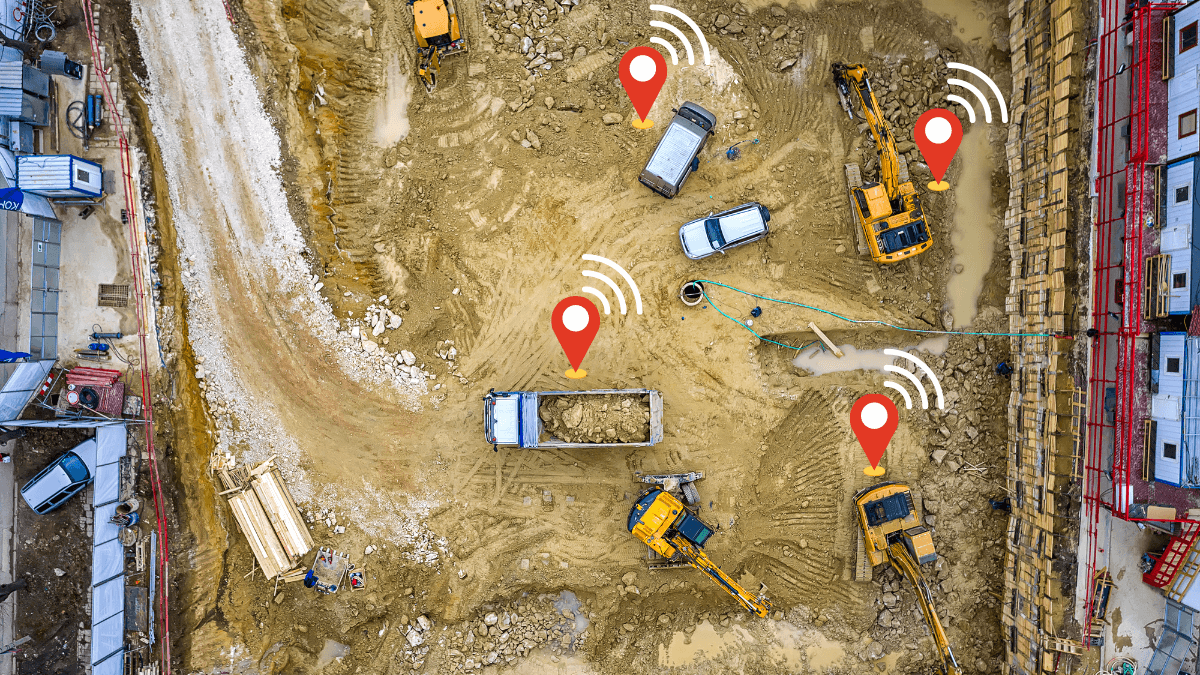Key Takeaways:
- To select the right geofencing software for your construction company, start by assessing your business needs and make use of free trials. This will help you choose the most user-friendly solution that your staff will adopt easily.
- A geofencing software should also be able to grow alongside your business and handle growing project sizes, assets, staff, and data, while also spanning large geographical areas.
- Don’t forget to look into the geofencing software’s location-tracking accuracy. An accurate solution will help you quickly locate your assets, optimize their allocation, and maximize equipment uptime.
Geofencing systems are a great way for construction companies to boost their security, efficiency, and compliance on job sites.
You’re probably nodding along, aware of these benefits, and itching to get your hands on your very own geofencing software.
But hold on just a moment.
While geofencing systems are generally effective, not every solution will suit your specific needs.
So, before you hit that “buy now” button, give this article a thorough read.
It’s packed with insights on what to look out for when picking your software—some stuff that might not have even crossed your mind yet.
By the end, you’ll be armed with the knowledge to purchase the absolute best geofencing solution that fits your unique needs like a glove.
Let’s delve into it.
In this article...
Your Business Needs
If you don’t carefully consider your specific business needs before investing in geofencing technology, you run the risk of ending up with software that, put simply, won’t give you the results you were expecting.
In other words, a lack of strategic software procurement could easily translate into purchasing a solution that either doesn’t have the right features, exceeds your budget, or even encounters resistance from employees.
And, according to a survey by Capterra, this happens more often than you’d think.
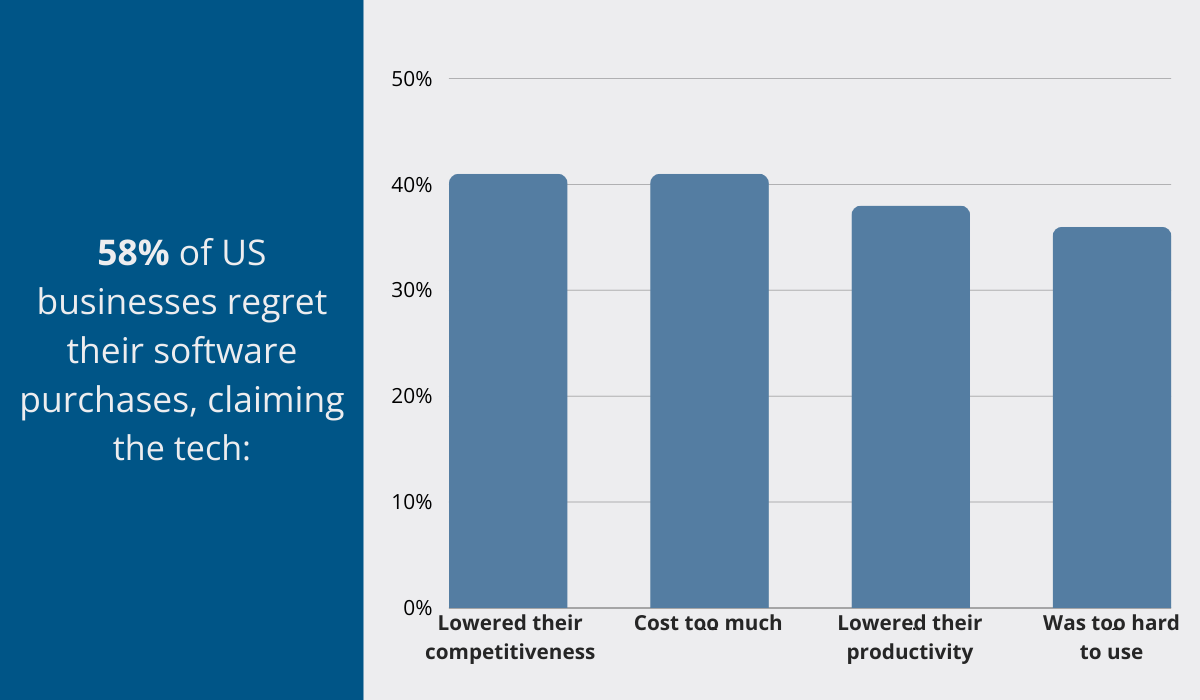
As it turns out, more than half of US businesses regret their software purchases, citing considerable negative impacts on profitability, competitiveness, and productivity.
To avoid finding yourself in such a predicament, evaluate factors like the size of your workforce or asset portfolio, typical project scale, and, of course, budget.
Moreover, be sure to identify the precise problems this new system should address—whether it’s, say, equipment theft, inefficient resource allocation, or productivity issues.
This will guide you in selecting the most suitable software for your unique requirements.
For example, enterprises with larger fleets or complex projects might find value in features like bulk geofencing, explains Steve Walters, Senior Product Owner at Thermo King:
“Without bulk import capabilities, each geofence must be created on a map. Imagine manually finding every customer’s location on a map, drawing a border around that location, looking at the satellite imagery, and hoping that you recognize the right borders. This could take many hours if there are hundreds of locations. With bulk import, the geofences can be imported from other fleet systems, external sources, or a prepared file, saving time.”
Now, ideally, your solution should address multiple pain points, not just one.
Take, for instance, the GoCodes Asset Tracking asset management system.
Besides monitoring asset location in real-time, enabling hassle-free geofencing, and sending notifications as soon as suspicious activity is detected, it also tracks vehicle speed, engine hours, acceleration, hard braking, and more.
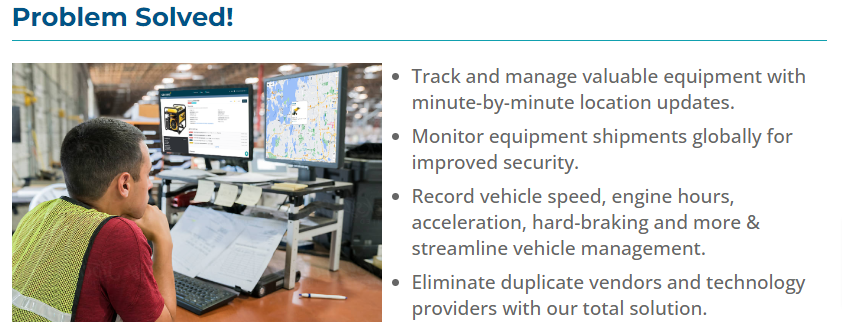
By consolidating these functionalities into one system, GoCodes Asset Tracking not only boosts job site security and overall operational efficiency but can also help optimize driver behavior and improve safety.
No need to purchase separate solutions for each task.
Ultimately, not all geofencing systems are created equal, and neither are construction businesses.
So, don’t forget to thoroughly size up your needs, and rest assured, your investment will yield significant returns in no time.
No regrets, just results.
Ease of Use
For those who want to maximize the adoption of new geofencing technology among their workers and minimize the learning curve, finding a user-friendly solution is a must.
Without ease of use, there’s a high chance your team won’t be on board with the software, rendering your investment futile.
Unfortunately, in the construction sector, digital skills seem to be in short supply among the workforce.
And guess what?
According to a Deloitte study, this deficiency is the primary obstacle to technology adoption in the industry.
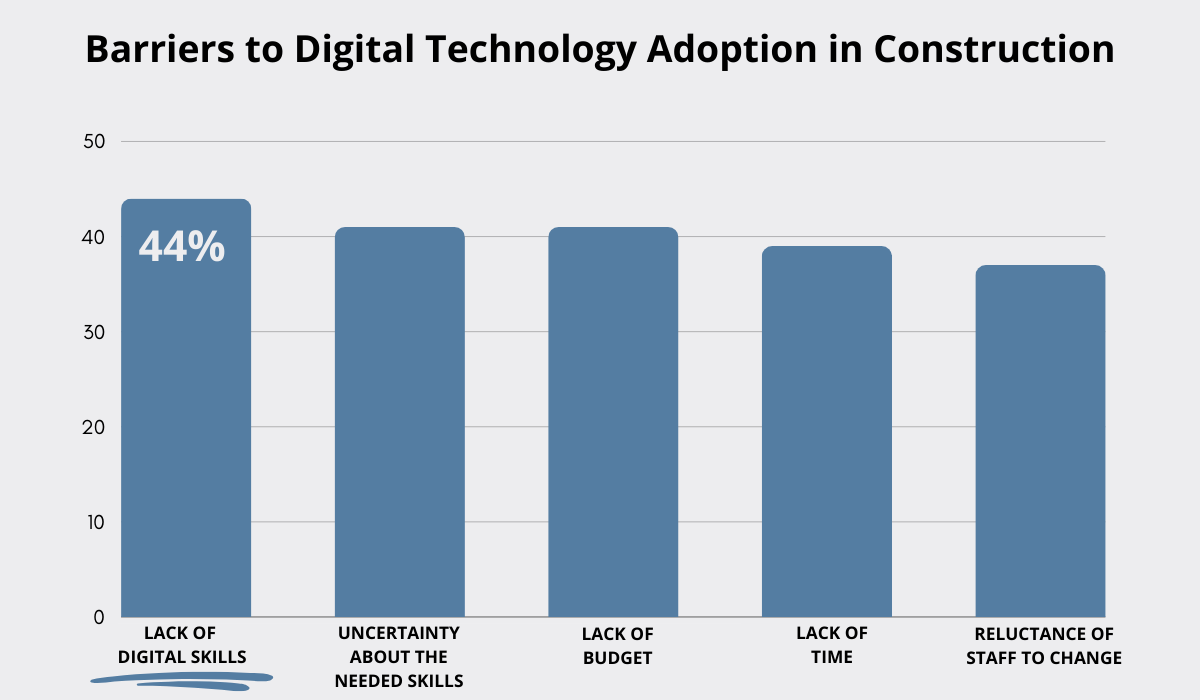
Obviously, you can’t turn your employees into tech experts overnight.
What you can do, however, is meet them halfway by buying a software solution they’ll be able to easily master.
So, how can you ensure your new geofencing system is truly user-friendly?
There are three key factors you’ll need to consider:
- Customer support
- Free trial
- Online reviews
For starters, Investigate the level of customer care offered by the software provider.
Is there hands-on training? Round-the-clock help center you can contact if you encounter any issues?
Maybe even online resources for learning the system?
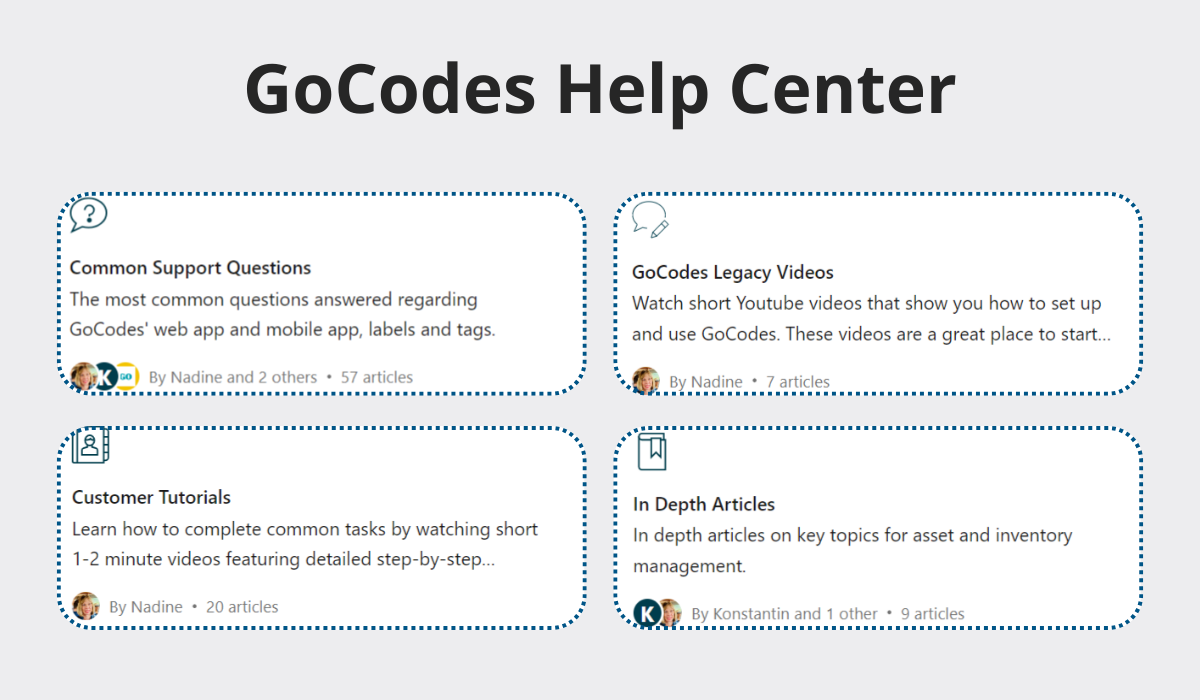
Still, never take only the provider’s word for it.
Instead, take advantage of the free trials and try out the solution yourself.
See if it lags, assess its features, gauge the user-friendliness of the interface, and explore any other elements vital to your workflow.
And don’t forget to loop in your team during this process.
After all, they’re the ones who’ll be using the tech day in and day out.
Finally, research platforms like G2 and Capterra for authentic online reviews from professionals like yourself.
These reviews offer valuable insights that go beyond what the vendor presents on their website.
And let’s face it, who better to trust than those who’ve been in your shoes?
In any case, rushing into purchasing the first software you come across without considering your workers’ skill level and needs is definitely something to avoid.
That simple, yet common mistake can turn an otherwise game-changing system into just another tool gathering dust and wasting your money, without delivering any returns.
Accuracy of Location Tracking
Precise, real-time location information is many fleet professionals’ number one reason for switching to geofencing software.
It allows them to quickly find the assets they need, optimize their allocation, and maximize equipment uptime.
And let’s not forget about its significant value in emergency situations or stolen asset recovery.
However, without high location data accuracy, all these perks stay out of reach.
Steve Dionne, Commercial Manager of Digital Products at Caterpillar Inc., agrees, explaining that data in fleet and job site management is paramount.
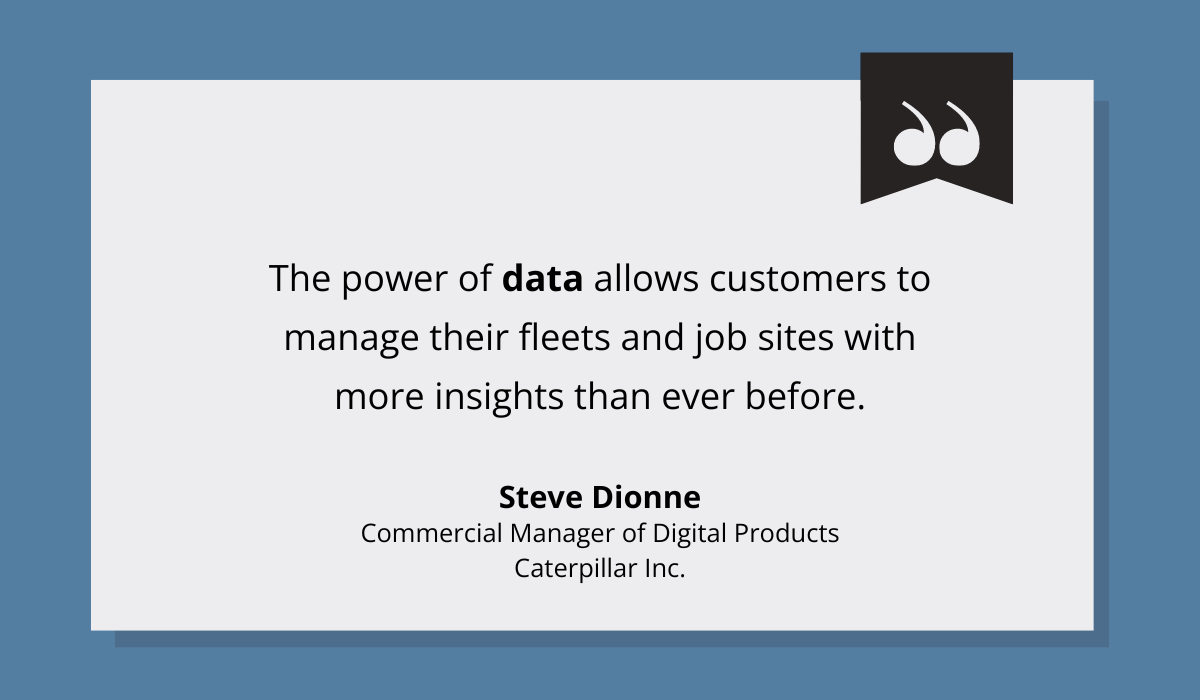
From operational efficiency and productivity to the bottom line itself, you can improve it all with a system that yields accurate and detailed fleet insights.
This holds particularly true for large job sites housing numerous assets, says Shawn Beinhower, CIO of E.K. Services:
“Some of our sites are pretty big, especially when working in a town where we might be working a pavement project along a three-mile strip, with equipment parked on all of these different streets. Whether it’s the fuel truck driver, the lowboy driver, or the mechanic, they can pinpoint exactly where the equipment is that needs their attention.“
Just imagine the time they would lose if they didn’t have that precise location data.
And sure, every geofencing provider will boast about their software’s accuracy, but relying solely on their claims just won’t cut it.
Online reviews will be, yet again, your best friend.
So, after shortlisting systems you like, go and see what the other users are saying about their data accuracy.

If they praise a system for its precision, it’s worth further looking into.
The bottom line is this: don’t assume a system is precise simply because a software vendor says so.
Instead, roll up your sleeves, do your own research, and make sure what you’re getting will provide the level of accuracy and detail you and your fleet need.
Software’s Scalability
Your geofencing software must have the flexibility to evolve and adapt alongside your company.
This means it should be capable of accommodating the expanding scope of projects, assets, personnel, and, of course, data, as well as covering vast geographical areas in case your business expands beyond the local turf.
If your software isn’t up to this task, you’ll find yourself frequently switching between different solutions whenever your company undergoes changes in its scale or requirements.
Naturally, this leads to operational disruptions, delays, time losses, and ultimately, a drop in productivity.
Sagar Gandhi, Head of Strategy and Business Excellence at Shapoorji Pallonji E&C, emphasizes that constantly acquiring new technology is not a sustainable approach.
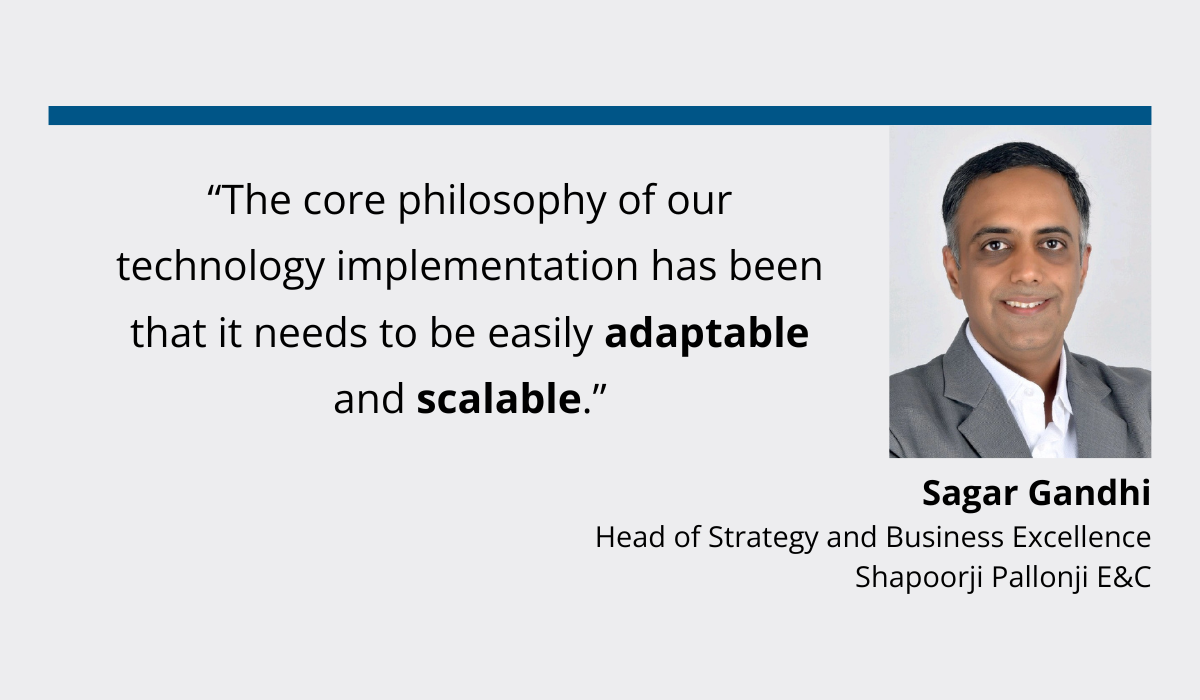
Instead, they look for software solutions that meet current requirements while also being scalable to accommodate future needs.
In this context, cloud-based systems are usually a better option than on-premise ones.
They typically offer vertical scalability, allowing you to augment resources like CPU, memory, or storage within your virtual data repositories to manage increased workloads.
This isn’t to say that on-premise solutions aren’t scalable at all. However, their scalability is somewhat restricted.
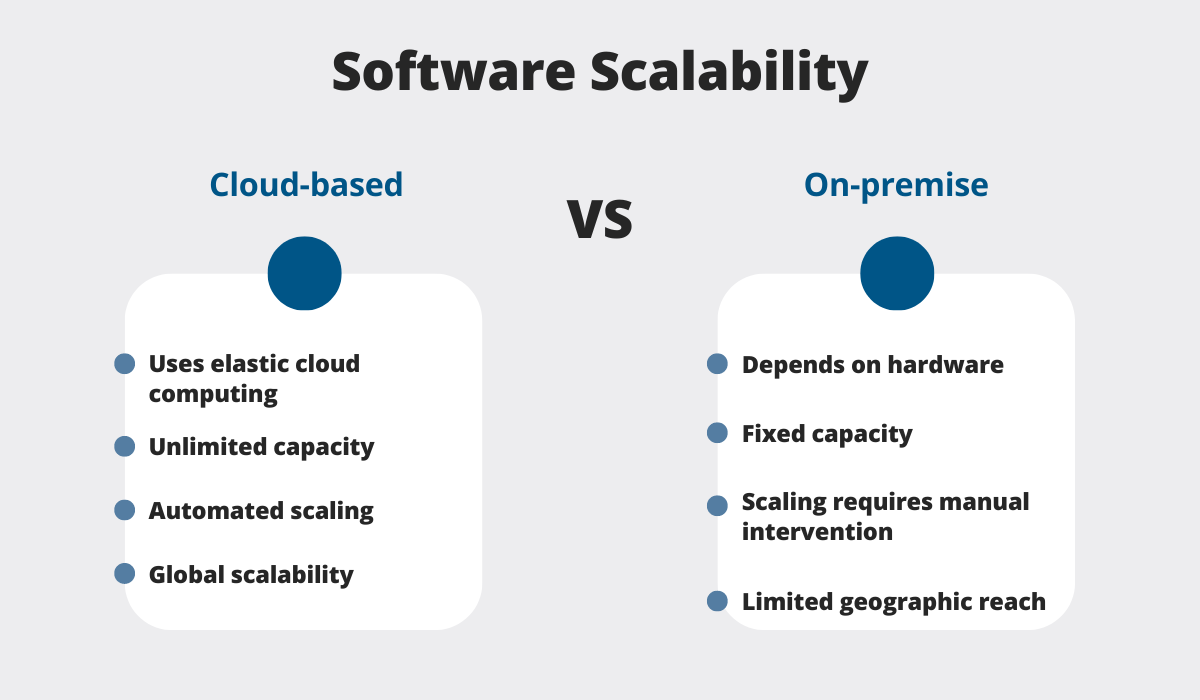
Expanding an on-premise system requires buying additional hardware, which can be expensive, labor-intensive, and time-consuming.
Besides, unlike cloud-based software that scales automatically, on-premise solutions require manual intervention, involving predicting future needs, procuring the appropriate hardware, and then installing and configuring it.
At the end of the day, the goal is to invest in a geofencing system that will serve your fleet for years to come, not just for the present moment.
Therefore, when evaluating your options, make sure to explore their scalability capabilities, too.
If this information isn’t readily available on the vendor’s website, don’t hesitate to reach out directly for more details.
Device Usage
There’s no doubt that your new geofencing solution will have at least some impact on device space, data usage, as well as battery life.
Your job is to minimize this impact as much as possible.
As you can see from the frustrated Redditor’s post below, these systems can be a significant battery drain.

So, if the software is going to be installed on your employees’ personal phones, it may cause some frustration and resistance from the team.
Plus, the geofencing system’s effect on the device usage could compromise the quality of the gathered data itself.
Imagine the consequences if a phone were to suddenly run out of space or battery; the potential loss of important information would definitely be considerable.
So, put simply, if the software affects the device, it will inevitably hamper its own efficiency, too.
Fortunately, there are geofencing solutions available that allow users to customize the app and mitigate its impact on battery and storage space.
For instance, some systems:
- Can work offline
- Incorporate power-saving features like sleep mode or motion detection
- Provide adjustable update frequencies to optimize location refresh rates without excessively draining battery life
Ultimately, it’s about striking the right balance between battery or storage use and software functionality. It’s up to you to discover the system that hits that ‘Goldilocks’ sweet spot.
Regardless of the system you choose, however, it’s best to educate your team on battery life preservation techniques, such as enabling battery-saving mode, reducing screen drain, and ensuring unnecessary background apps are closed.
By combining the appropriate software with a bit of education, you can maximize the perks of your geofencing solution while minimizing strain on the devices they operate on.
Conclusion
Hopefully, now you feel much more prepared to select the ideal geofencing solution.
As you can see, it’s all about tailoring the system to the unique aspects of your business: the number of assets, business or job site size, employees’ skill level, project scale, and so on.
While the list of things to watch out for may seem daunting at first, fear not.
With a bit of patience and dedication, you’ll soon discover a system that checks all the boxes.

